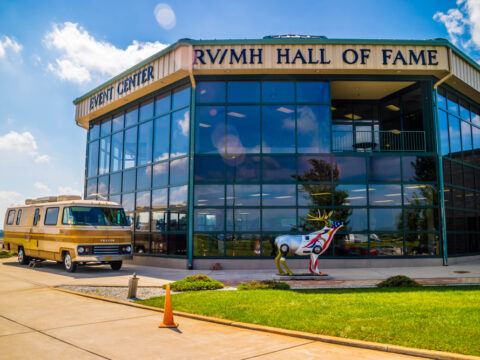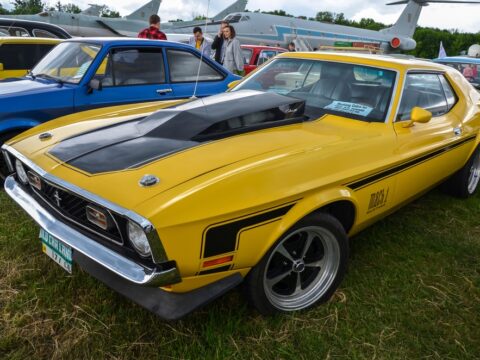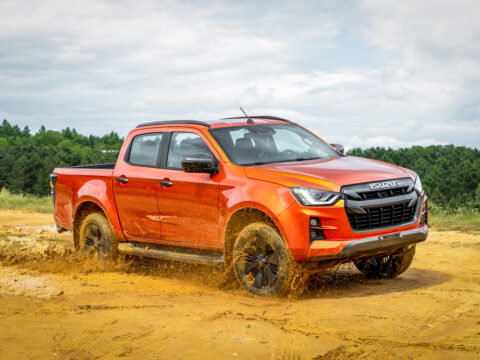The journey of the automobile is a fascinating chronicle of ingenuity, persistence, and revolutionary breakthroughs. From its humble beginnings in the late 19th century to the high-tech marvels of the modern era, the car has undergone an extraordinary evolution. This article takes a drive down memory lane to explore 10 of the most pivotal milestones in the history of the automobile.
Contents
Invention of the Modern Automobile (1886)
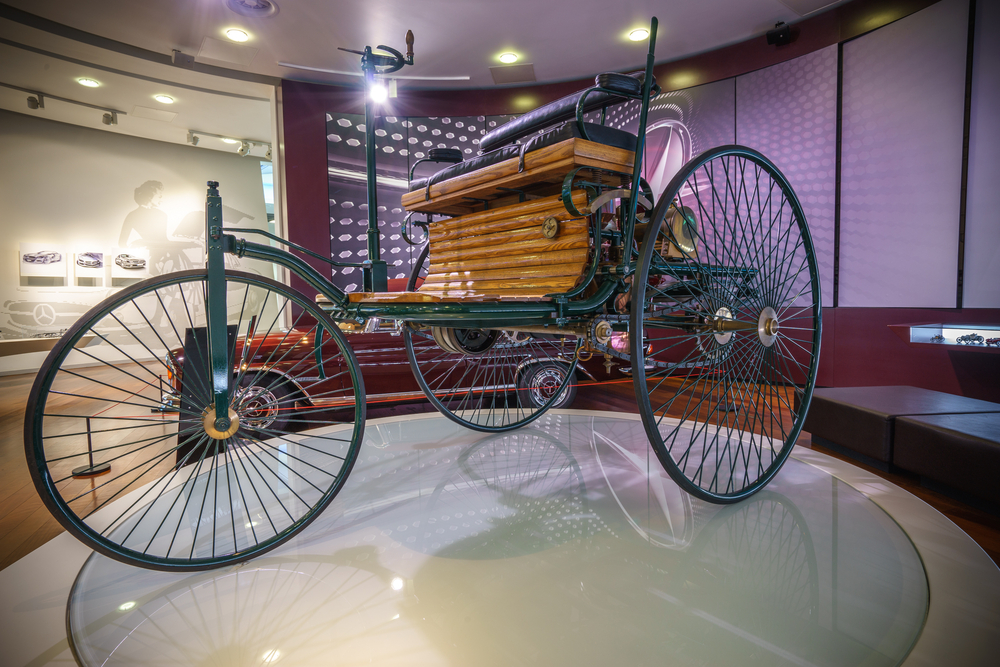
Often credited as the birth of the modern automobile, the Benz Patent-Motorwagen, built by Karl Benz, was the first true gasoline-powered car. With a single-cylinder four-stroke engine producing less than 1 HP, its top speed was a modest 10 mph, but its invention set the stage for all automobiles to come.
First Mass-Produced V8 Engine (1932)
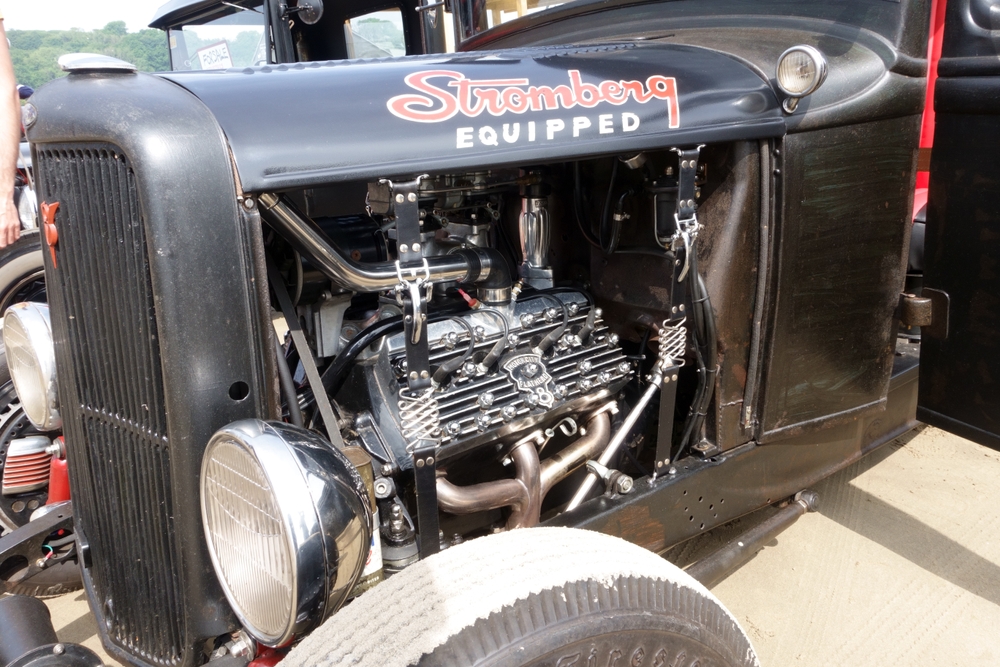
The introduction of the Ford Flathead V8 engine in 1932 brought the power and prestige of a V8 engine to a broader audience. Prior to this, V8 engines were typically reserved for luxury cars. This 3.6-liter engine was capable of 65 HP, which was substantial for the time.
Creation of the Sports Car (1948)

The Jaguar XK120 was unveiled in 1948 and set the mold for what a sports car should be: sleek, fast, and exciting. It boasted a 3.4-liter straight-six engine, producing 160 HP, and had a top speed of 120 mph, making it the fastest production car at the time of its release.
Crash Safety Improvement with Crumple Zones (1959)

The Mercedes-Benz W111 series introduced the concept of crumple zones, a design that allows for the body of the car to absorb the impact of a crash, thereby reducing the risk of injury to the occupants. Designed by engineer Béla Barényi, this safety feature is now a fundamental part of every car design. The innovation significantly improved passenger protection during collisions and is a crucial component in modern vehicle safety standards.
Seat Belt Legislation (1968)

The U.S. federal law requiring all vehicles (except buses) to be fitted with seat belts in all designated seating positions came into effect in 1968. This was a huge leap forward for automotive safety, fundamentally changing car design and manufacturing.
First Commercially Available Hybrid Car (1997)
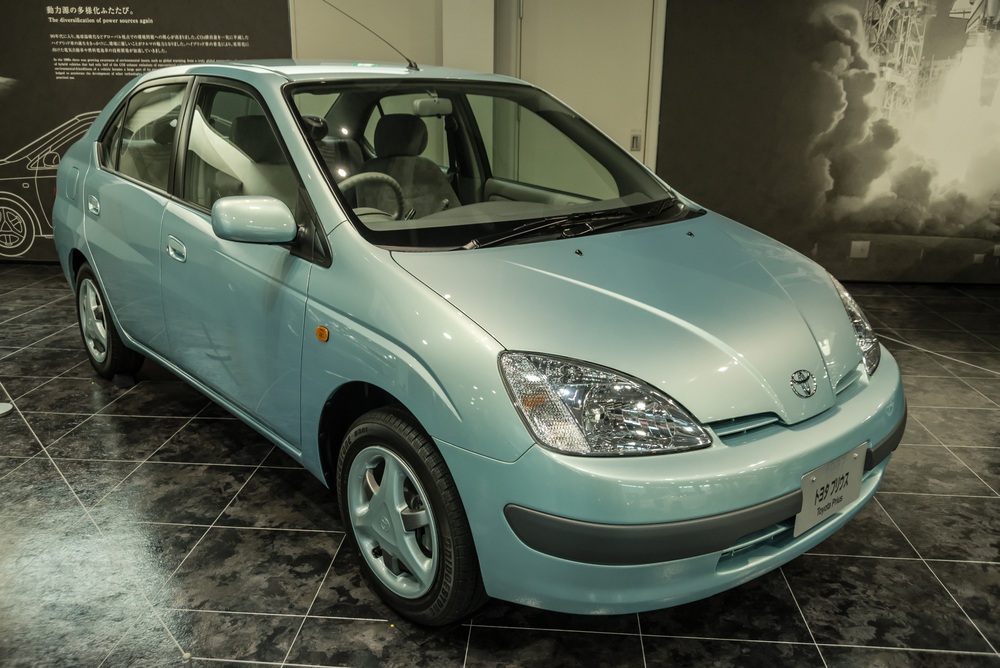
The Toyota Prius, released in Japan in 1997, was the first mass-produced hybrid electric vehicle. This car marked a significant milestone in the adoption of fuel-efficient technology, with a combination of a gasoline engine and electric motors.
First Application of Anti-lock Brakes in a Production Car (1978)
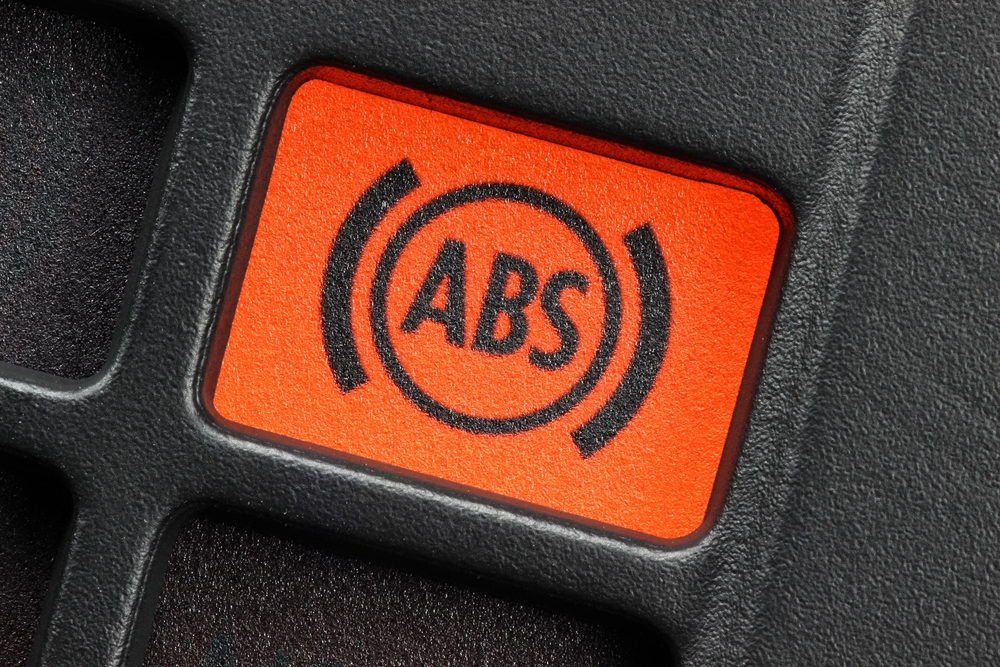
The Mercedes-Benz S-Class was the first production car to be equipped with an anti-lock braking system (ABS), a major advancement in automotive safety technology. ABS prevents the wheels from locking up during braking, maintaining tractive contact with the road surface.
Introduction of GPS Navigation (1990)
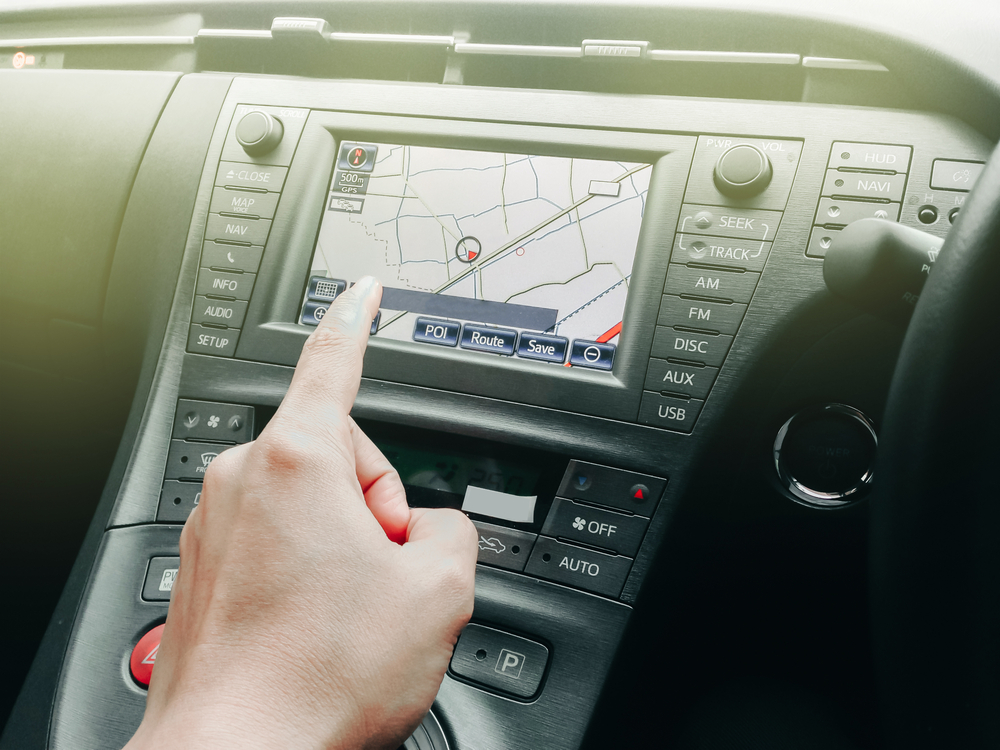
The first in-car navigation system, the Mazda Eunos Cosmo, became available in 1990. This system laid the groundwork for the now-ubiquitous GPS navigation systems, which have become an essential feature in modern vehicles.
Development of the Modern Electric Car (2008)
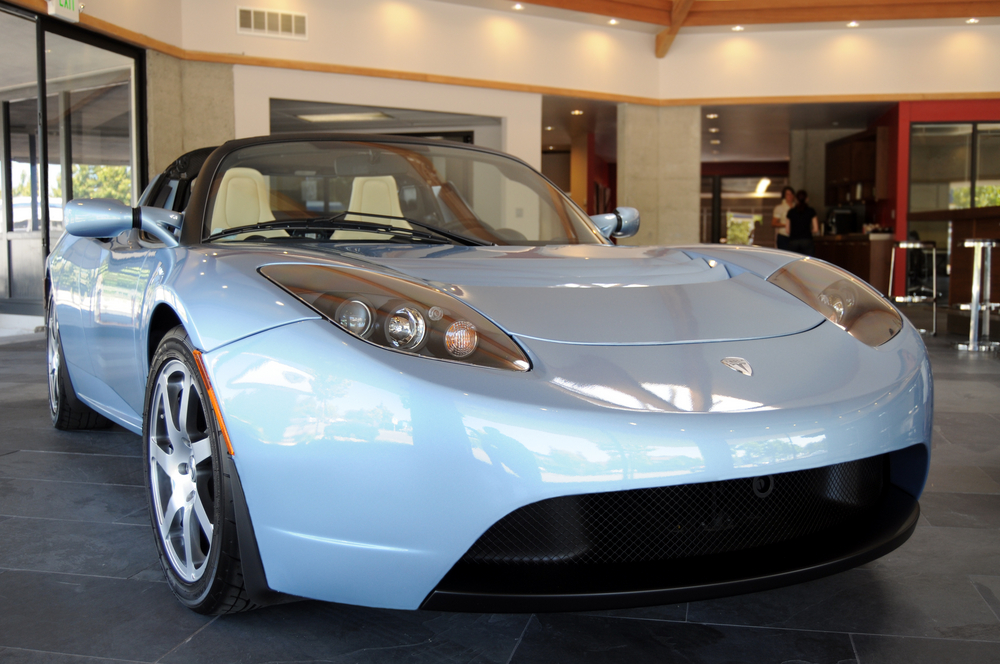
The Tesla Roadster was introduced in 2008 as the first highway-legal serial production all-electric car to use lithium-ion battery cells. With a range of over 240 miles on a single charge, it shattered preconceived notions about electric vehicles and their viability.
Autopilot and Advanced Driver-Assistance Systems (2015)

Tesla introduced its Autopilot system in 2015, a significant advancement in driver-assistance systems. Autopilot can steer, accelerate, and brake automatically under certain conditions, pushing the boundaries of automotive technology and initiating a shift toward fully autonomous driving.
This article originally appeared on MyCarMakesNoise.
More from MyCarMakesNoise
Top 16 Most Exquisite Limousines of All Time

Regarding luxury and style on the road, few vehicles can match the elegance of a limousine. These extraordinary cars have long been symbols of opulence, sophistication, and comfort, making every journey a special occasion. Read more
The 25 Most Innovative Cars You Can Buy Today

In today’s fast-paced world, automotive technology is evolving at an unprecedented rate, bringing us cars that are smarter, safer, and more efficient than ever before. From advanced driver assistance systems to groundbreaking electric powertrains, innovation is at the heart of modern automotive design. Read More
12 Trailblazing Hybrid Cars Setting New Standards

In a world dominated by a growing concern for environmental sustainability, the automobile industry has seen a monumental shift towards eco-friendly alternatives, with hybrid cars leading the charge. Read More

